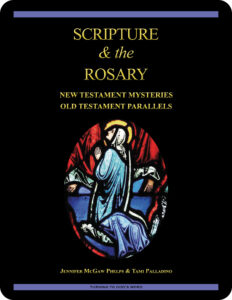poor in spirit
 What does it mean to be poor in spirit? The Beatitudes challenge us in the Gospel reading from this Sunday. While both the Gospel According to Matthew and the Gospel According to Luke contain beatitudes, a difference in emphasis is noticeable between the two—beginning with the first beatitude in which the Gospel According to Matthew includes the enigmatic phrase “poor in spirit.”
What does it mean to be poor in spirit? The Beatitudes challenge us in the Gospel reading from this Sunday. While both the Gospel According to Matthew and the Gospel According to Luke contain beatitudes, a difference in emphasis is noticeable between the two—beginning with the first beatitude in which the Gospel According to Matthew includes the enigmatic phrase “poor in spirit.”
Typically, when we run into odd phrasing and difficult language in the Scriptures, clarity can be found by consulting the original language. In this instance, however, that provides nothing in the way of additional guidance.
Ptochoi to pneumatic is the Greek phrase in the Gospel According to Matthew 5:3 (NABRE), equivalent in meaning to the English translation “poor in spirit.” The Beatitudes in the Gospel According to Luke omit “in spirit.”
What is the Gospel According to Matthew trying to communicate with this odd phrase “poor in spirit”? There are two main ways that this phrase can be read. First, poor in spirit can mean lacking somehow in the spirit or in the spiritual life. Second, poor in spirit also could refer to those who are poor but are in the spirit, with an implication that their poverty is somehow connected to them being in the spirit. Considering the rest of the verse, the second reading seems more likely.
These who are poor in spirit are considered blessed and will inherit a reward, but it’s unlikely that those deficient in spirit or somehow lacking in the spiritual life will be rewarded. Additionally, poverty in spirit is held up as something toward which to strive. It seems likely that the point of the qualifier “in spirit” is to demonstrate that not all poor people are blessed but only those who somehow are aligned with God in their poverty.
What material sacrifices have you made for God?
related topics: beatitude; blessed; spirit
you also may like our study of Scripture & the Rosary (digital only)
 Scripture & the Rosary: New Testament Mysteries, Old Testament Parallels, a 26-lesson Catholic Bible study with an imprimatur, looks at the biblical foundations of the Rosary. The study includes lessons on Pope St. John Paul II’s Rosarium Virginis Mariae (Rosary of the Virgin Mary), the Apostles’ Creed, and the Luminous Mysteries as well as the original 15 Mysteries of the Rosary. Color photographs of stained glass windows depict key scenes in the lives of Jesus and Mary. Free digital lessons rotate throughout the year on our website.
Scripture & the Rosary: New Testament Mysteries, Old Testament Parallels, a 26-lesson Catholic Bible study with an imprimatur, looks at the biblical foundations of the Rosary. The study includes lessons on Pope St. John Paul II’s Rosarium Virginis Mariae (Rosary of the Virgin Mary), the Apostles’ Creed, and the Luminous Mysteries as well as the original 15 Mysteries of the Rosary. Color photographs of stained glass windows depict key scenes in the lives of Jesus and Mary. Free digital lessons rotate throughout the year on our website.
 Click on the picture of the statue of Moses with horns (above) to learn more about Lost in Translation. A new entry is archived each Monday. Contact us to receive Lost in Translation by email every week. You may use any of the contact links on our website to ask Matthew a question.
Click on the picture of the statue of Moses with horns (above) to learn more about Lost in Translation. A new entry is archived each Monday. Contact us to receive Lost in Translation by email every week. You may use any of the contact links on our website to ask Matthew a question.
